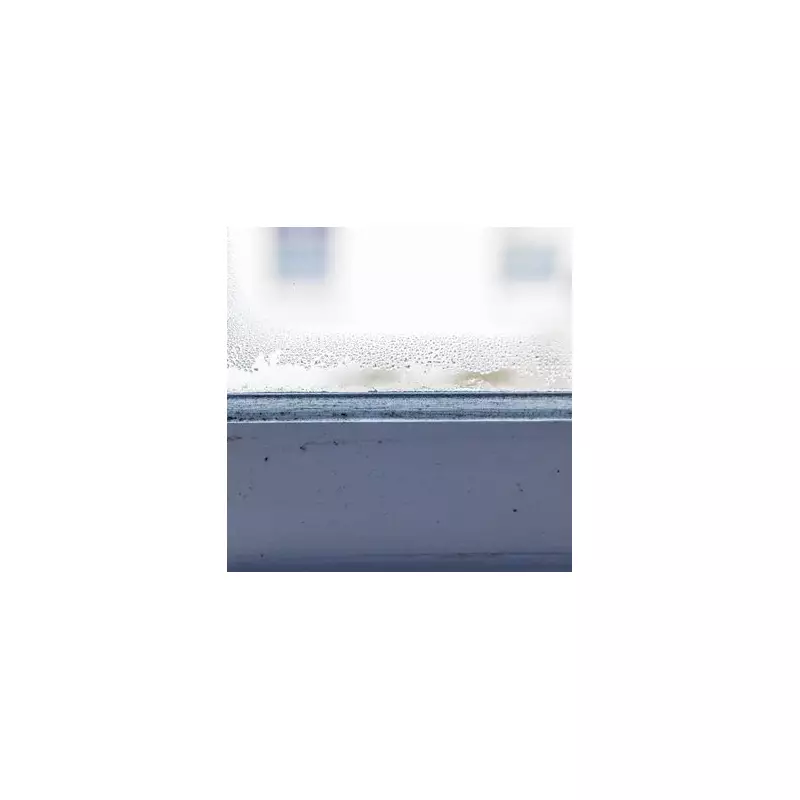
Waking up to foggy, water-streaked windows is a common sight in British homes, especially during colder months. But before you panic about potential damage, it's crucial to understand what your windows are trying to tell you.
The Good, The Bad, and The Ugly of Window Moisture
Condensation occurs when warm, moist air meets a cold surface like your window pane. In most cases, this is completely normal and indicates your home is well-sealed against drafts. However, persistent condensation can signal underlying issues that need addressing.
When Condensation Is Actually a Good Sign
Light condensation that appears overnight and clears by midday typically means your windows are doing their job properly. Modern double-glazed units are designed to be highly efficient, which means the inner pane stays cold while the outer pane deals with external temperatures.
This type of condensation shows:
- Your windows are properly sealed and energy-efficient
- The temperature difference between inside and outside is significant
- Your home retains heat well during colder periods
Red Flags You Shouldn't Ignore
While most condensation is harmless, there are warning signs that indicate more serious problems:
- Persistent moisture between glass panes - This suggests sealed unit failure and requires professional attention
- Water pooling on window sills - Could lead to wood rot and structural damage
- Mould growth around frames - Indicates excessive humidity and potential health risks
- Condensation that never clears - Points to ventilation issues in your home
Simple Solutions to Manage Moisture
For everyday condensation concerns, several easy measures can make a significant difference:
Improve ventilation by opening windows briefly each day, using extractor fans in kitchens and bathrooms, and ensuring air bricks aren't blocked.
Control humidity levels by covering pans while cooking, drying clothes outside when possible, and using dehumidifiers in problem areas.
Maintain consistent heating rather than letting temperatures fluctuate dramatically, as this reduces the conditions that cause condensation to form.
When to Call the Professionals
If you notice condensation between the panes of double-glazed windows, this indicates the seal has failed. The insulating gas has escaped, reducing energy efficiency and requiring replacement of the sealed unit.
Similarly, if mould persists despite your best efforts with ventilation and humidity control, it might be time to consult a damp specialist who can identify underlying issues like rising damp or penetrating moisture.
Remember, while condensation might be annoying to wipe away each morning, in most cases it's simply a sign that your home is keeping the cold out and the warmth in - exactly what you want during a British winter.





